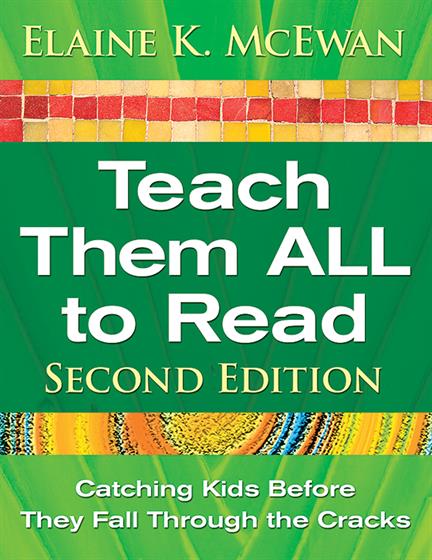Hands-on, Practical Guidance for Educators
From math,
literacy, science, equity, multilingual learners, and SEL, to assessment, school counseling,
and education leadership, our books are research-based and authored by experts
on topics most relevant to what educators are facing today.

Updated Edition of Bestseller
Teach Them ALL to Read
Catching Kids Before They Fall Through the Cracks
Second Edition
Provide effective reading instruction for every student in your classroom and schoolwide!
In this updated edition of her best-selling book, Elaine K. McEwan guides educators through the challenging but crucial work of teaching every child how to read. This second edition covers strategies for nine essential components of effective reading instruction—from phonics and fluency to word knowledge and comprehension—and features:
- The most up-to-date research in reading instruction
- Effective instructional practices and strategies
- Brief vignettes and graphic organizers that illustrate and summarize key concepts
- A comprehensive case study of one district's remarkable success
Product Details
- Grade Level: K-4
- ISBN: 9781412964982
- Published By: Corwin
- Year: 2009
- Page Count: 248
- Publication date: July 15, 2009
Review Copies
This book is not available as a review copy.

